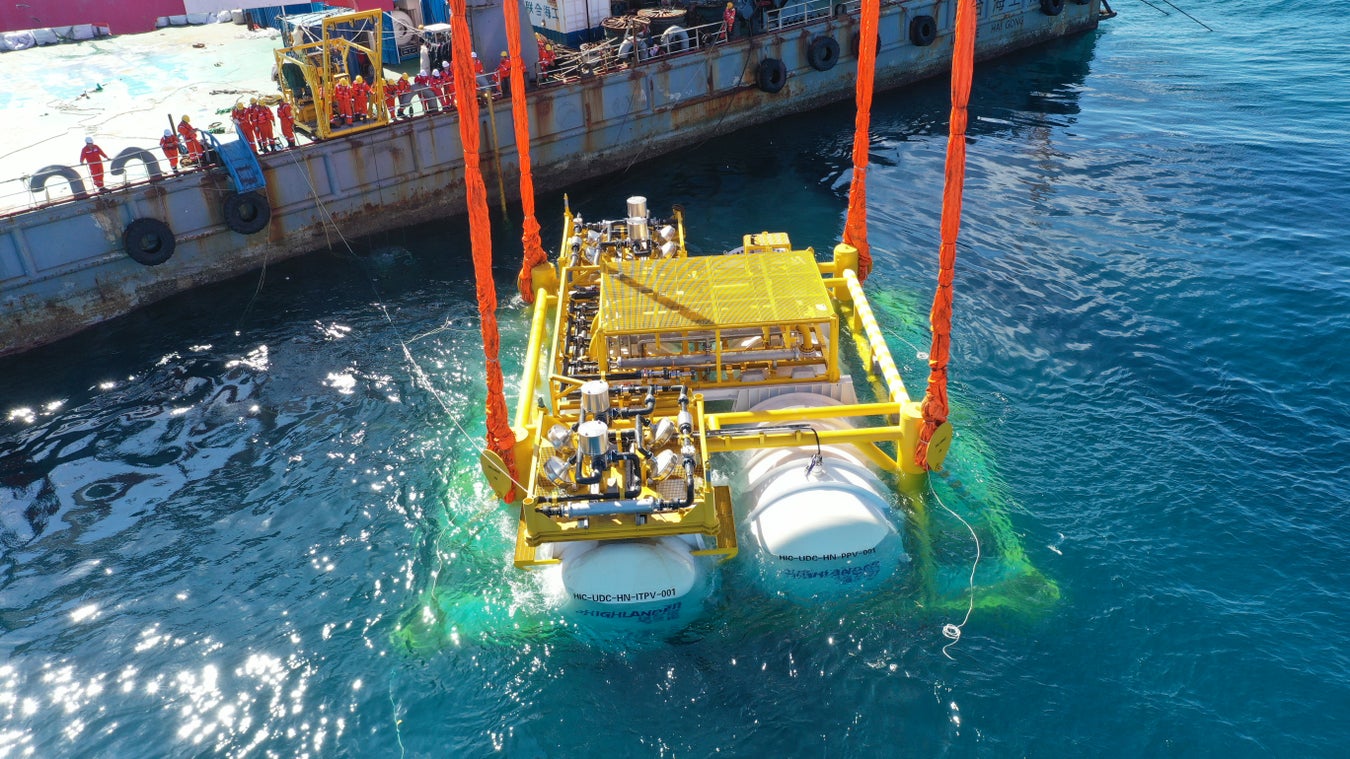To fuel its explosive growth in AI and cloud computing, China is taking a revolutionary leap placing data centers under the sea. These underwater data centers in China are not just about innovation they are about solving one of the biggest problems the digital world faces today heat.
Traditional data centers consume enormous electricity for cooling. With server temperatures rising due to high computational loads, China’s coastal cities are turning to nature for help the ocean itself.
Why Is China Submerging Its Data Centers?
The core motivation behind this move lies in efficiency, space, and sustainability. With limited land resources and an urgent need to meet carbon neutral goals, underwater data centers in China offer, Natural cooling via ocean water, eliminating the need for air conditioning systems
Land conservation, by moving infrastructure off the mainland, Reduced operational costs through passive cooling, According to China’s Ministry of Industry and Information Technology, data center energy consumption could surpass 4% of total national power use by 2030 if innovation is not adopted.
Hainan’s Marine Data Capsule
A practical implementation of this vision is the Hainan Underwater Data Center Project, initiated in 2023. Developed by Beijing Highlander, the capsule like data pod was submerged 35 meters below the sea surface and is currently operational.
Key Outcomes (First-Year Analysis)
45% reduction in cooling energy usage, 80% decrease in cooling system failures, Zero physical land usage, Environmental scientists also report minimal disruption to marine ecosystems thanks to low noise, non toxic enclosures. This pilot is now seen as the model prototype for future underwater data centers in China, and expansion along China’s southern coastline is already in motion.
Is the Ocean the New Cloud?
“China’s move underwater is not just symbolic it’s a necessity,” says Dr. Rui Zhang, Professor of Marine Engineering at Zhejiang University. “The sea offers stable, consistent temperatures ideal for server performance. It’s a game changer for sustainable computing.”
Even foreign experts are watching closely. John Melville, a former systems architect at Google Cloud, notes, “If they solve underwater maintenance at scale, China will lead the world in green computing infrastructure.”
How Do Underwater Data Centers Work?
1. Sealed Pods: Data servers are installed inside airtight capsules.
2. Cooling by Sea: The ocean absorbs the heat naturally.
3. Power & Data Transfer: Fiber optics and underwater cables link the pods to mainland grids and data networks.
4. Nitrogen Atmosphere: Internal environment is filled with nitrogen to prevent corrosion and extend hardware life.
5. AI Monitoring: Internal conditions are monitored by AI for temperature, humidity, and performance metrics.
This system is modular and replicable, making it suitable for fast deployment in multiple locations.
Building the Future Beneath the Waves
Chen Wei, a 33 year old project engineer involved in Hainan’s deployment, shares his journey, “When I first visited the test site, it felt like science fiction. But seeing it now live and functioning it feels like we’re part of history. We’re not just building tech; we’re reshaping how the world sees digital infrastructure.”
His story highlights how this project is not just technical it’s deeply human. Thousands of engineers, marine biologists, and sustainability experts have collaborated to bring this vision to life.
Environmental Benefits: The Silent Revolution
Placing data centers underwater isn’t just about cooling it’s a broader environmental strategy.
Zero freshwater usage (unlike traditional cooling towers), Lower CO₂ emissions, No land disruption or deforestation, Potential to integrate with offshore wind farms. In short, underwater data centers in China are climate aligned, offering a model that other nations may follow.
It’s Not All Smooth Sailing
Despite its success, the underwater model faces some challenges:
Maintenance Complexity: Repairs require submarines or divers.
Data Latency: Coastal connectivity must be near instant.
Environmental Scrutiny: Long term marine impact still under observation.
Yet with ongoing R&D, many believe these hurdles will be solved just as offshore oil and telecom infrastructure once were.
A Blueprint for the World
By innovating where few dare, underwater data centers in China are setting a bold new precedent. They merge cutting edge tech with environmental responsibility, offering a compelling blueprint for countries facing energy crises and climate pressure.
As the demand for AI and cloud solutions skyrockets, China isn’t just racing forward it’s diving deep, turning the ocean into the new frontier of digital innovation.


1 thought on “Underwater Data Centers in China: A Bold Move Toward Sustainable AI Infrastructure”